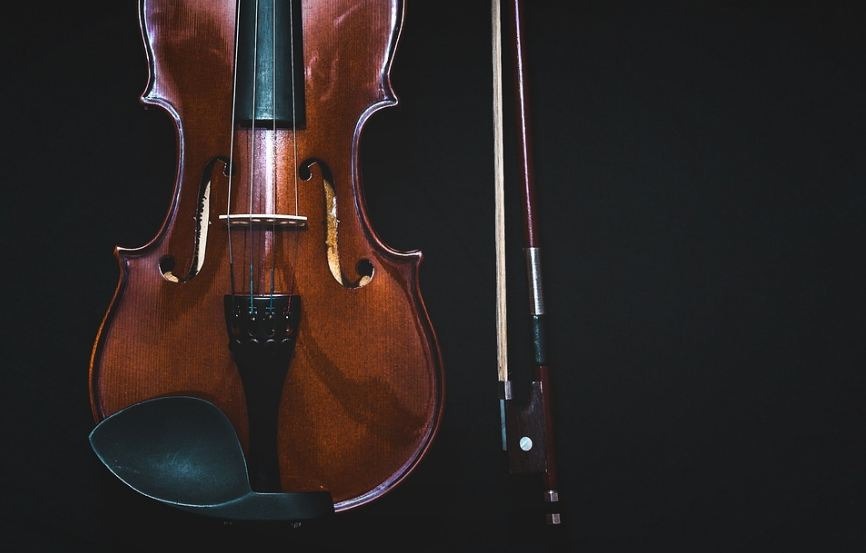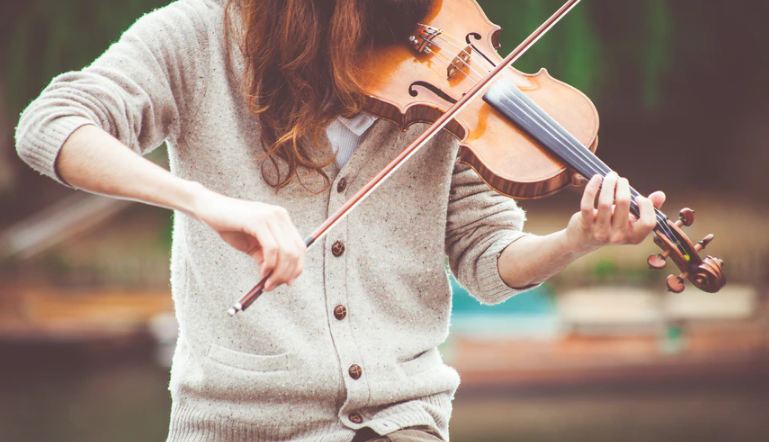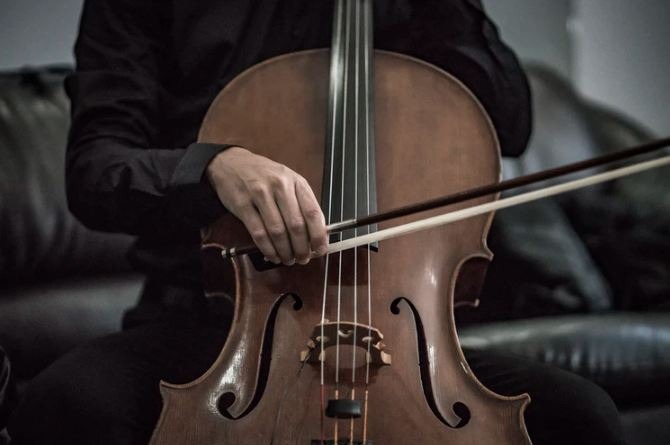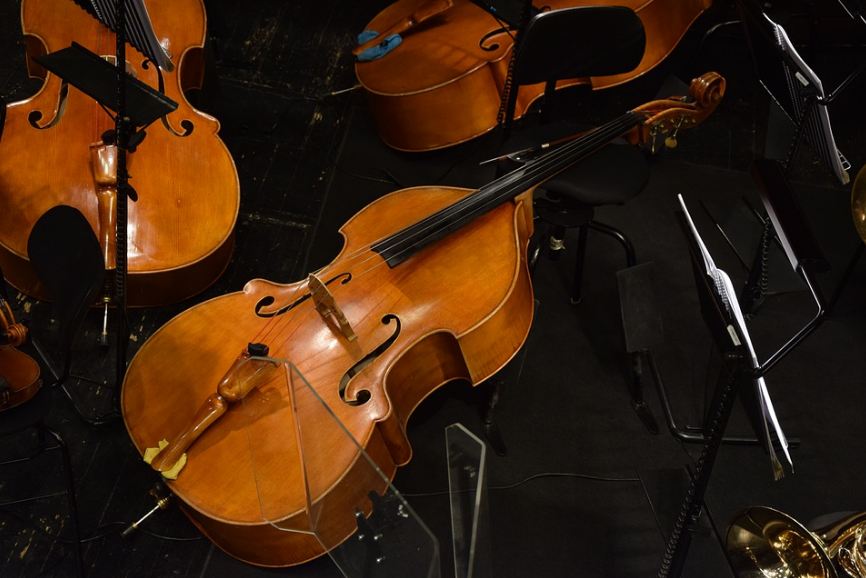Bowed string instruments got their name due to the fact that the sound is made by rubbing the strings by means of horsehair stretched on a bow. The violin family that we know today, which includes the violin, viola, cello, and double bass, came from the oldest viola da braccio, which was an instrument that features four strings tuned in fifths, and as well as from the viola de gamba, whose features remain largely in reference on how the cello and the double bass are held.
If you are interested to learn more about these instruments, read on as we’re giving you the ultimate guide to bowed string instruments. You can also click the link to see the best online casino australia.
The Different Bowed String Instruments in the Violin Family
The violin family is probably the most popular among the many different bowed string instruments found in various parts of the world. Here are the instruments that belong to that family:
Pochette
This is a small stringed instrument of the bowed variation. It is a very small instrument that looks similar to a violin. It is made of wood and is designed to fit in a pocket. That’s why it is called the “pochette,” which is French for a small pocket. This instrument is also called a pocket fiddle. It was created to be used by dance masters in royal courts and as well as by street musicians from the 15th century until the 19th century.
The pochette’s small size allowed people to use them where larger violins were too bulky to carry or too expensive to own. It features a very small body but a relatively long fingerboard. It also comes in many shapes. It is tuned one octave higher than a violin.
Violin
This is also sometimes called a fiddle, and it is probably the most popular among the bowed string instruments. It is a wooden chordophone in the violin family. The majority of them have hollow wooden bodies. It is also the smallest and highest-pitched instrument in the family in regular use. It features four strings and is tuned in perfect fifths. It is commonly played by drawing a bow across its strings but can also be played by plucking the strings using the fingers or by striking them with the wooden side of the bow in specialized cases.
Violins are quite essential in a wide variety of musical genres. They are popular in the Western classical tradition, both as solo instruments and in ensembles. They are also important in varieties of folk music, such as jazz, bluegrass music, and country music.
Viola
This is a stringed instrument that can be bowed, plucked, or played with other techniques. Compared to a violin, a viola is a bit larger, and it has a lower and deeper sound. It has been the middle or alto voice of the violin family since the 18th century, between the violin that is tuned a perfect fifth and the cello that is tuned an octave below.
Before, the viola differs in size and style, and as well as in names. The word viola came from the Italian language, as they often use the term viola da braccio, which means “of the arm.” This instrument usually plays the inner voices in string quartets and as well as in symphonic writing.
Cello
This instrument is bowed, but it is sometimes plucked and occasionally hit. It features four strings that are tuned in perfect fifths. Its strings are each an octave higher. Music for this instrument is usually written in the bass clef, with tenor clef and treble clef used for higher-range passages.
A cello is played by a cellist or a violinist. It enjoys a solo range with and without accompaniment. As a solo instrument, it uses its whole range from bass to soprano in string quartets and the string selection of the orchestra. You can also find cellos in many other ensembles, such as cello rock bands and Chinese orchestras.
Double Bass
This instrument can be simple called the bass. It is the largest and lowest-pitched bowed or plucked string instrument in the modern symphony orchestra. It is quite similar in structure to the cello. It is a standard member of the string section of the orchestra, and as well as the concert band. It is also featured in solo, concertos, and chamber music in Western classical music.
The double bass or bass is also used in other genres, like jazz, rock and roll, psychobilly, rockabilly, and 1950s-style blues. It is played with a bow or by plucking the strings. In orchestral repertoire, both bow and plucking are employed when playing bass. When playing classical music and jazz, the natural sound of the instrument is used. But in genres like funk, blues, and reggae, it is often amplified.
Unpopular Bowed String Instruments You Should Know About
The instruments we listed above are the most popular ones that we usually see in orchestras and concerts. On the other hand, we suggest you click the link if you want to know the most popular online casino us. There are other bowed string instruments out there that you’ve probably never heard of. If you are curious about them, here are a few examples:
Erhu
This instrument is also called the spike fiddle. It is the most common instrument of the Huqin family of bowed string instruments that is popular in Chinese music. This instrument is extremely expressive and made of rose or red sandalwood. It features a round or octagonal sound box at the bottom, and it has a long thin neck with two tuning pegs.
Like the violin, the Erhu does not have a fingerboard. This means that when using it, the player’s fingers need to hold and vibrate the strings by pressing only against the strings themselves. This bowed string instrument is an alto or middle-range instrument. It has a history of almost 4000 years.
The Morin Khuur
This instrument is also called the horsehead fiddle. It is a very important musical instrument among the Mongol people, as it is considered a symbol of their nation and one of the Masterpieces of the Oral and Intangible Heritage of Humanity by UNESCO. Many Mongolians have this instrument in their home as a symbol of peace and happiness. It features a box shape with two strings that are made from horses’ tails. It also has two tuning pegs on the scroll, which is usually carved in the shape of a horse head.
The bowing technique for this instrument is unique. It utilizes the little and the ring finger of the right hand to touch the bow hair for sound accents while the other two fingers keep slight pressure on the strings.
Nyckelharpa
This one is a traditional Swedish musical instrument that is also known as a chordophone. The modern version of this instrument has 16 strings. It has three melody strings, twelve resonance strings, and one drone strong. It also has 37 wooden keys that are arranged to slide under the strings. These keys are connected to tangents that serve as frets to change the pitch of the string. The right hand uses a short bow while the left hand pushes on the keys.
Gadulka
This is a Bulgarian musical instrument that is usually played in the context of dance music. Its name means “to make noise, buzz, or hum.” It has steel strings and has three melody strings, and up to 16 sympathetic strings that provide resonance to the tones. These tones are achieved by gliding the strings with a bow that is made of a flexible forked willow twig and tied with horsehair.
Bowed Psaltery
This is a type of psaltery or zither that features a wooden soundbox with unstopped strings over the soundboard. Its strings are arranged to enable it to be played with a bow. This musical instrument is triangular in shape, and each of its strings extends a bit farther from the other.
It can be played either one note at a time being held like a violin. It can also be laid flat and played with a bow in each hand. There are some players that hold two bows in one hand to facilitate double-stopping. But it can also be strummed or struck for added tone colors.
Conclusion
There are indeed many different bowed string instruments around the world. The ones we’ve mentioned here are just a few examples of them. But we hope that this guide helped you learn more about bowed string instruments. You can also click on the following links to discover more related topics:




